Sale!
Sale!
Philodendron Ruaysap Marble Variegated- Rare
Original price was: ₹22,300.00.₹14,837.00Current price is: ₹14,837.00.
1 in stock
Plant size: Single plant (6 Leaves) | Free Shipping | Pot Included
How to Plant Philodendron
Follow these steps to get growing.
- 1. Choose a pot with drainage holes. By allowing excess water to escape, a pot with drainage holes will reduce the risk of overwatering your plant.
- 2. Use well-draining potting soil. Using well-draining soil with some sand or perlite in the mix will further reduce the risk of overwatering and root rot.
- 3. Place the plant in a spot with bright light. Philodendrons thrive when placed in indirect light. In their natural tropical habitat, they rarely ever receive direct sun. However, they’re resilient and will tolerate nearly all light conditions—including direct sunlight and low light in small quantities.
How to Grow and Care for Philodendron
You do not need a green thumb to grow and care for philodendrons. That being said, there are a few plant care tips to follow to help your plant thrive.
- 1. Water your plant every seven to 14 days. Give your plants a thorough drink every one to two weeks. If your plant gets yellow leaves and they start to drop, you’re likely overwatering the plant. To avoid this, let the top inch of soil completely dry out between waterings.
- 2. Prune your philodendron regularly. Pruning your plants helps encourage new growth and keeps your plants from getting leggy. Snip off dead leaves to make way for new leaves. Keep your clippings—they can be used for propagation.
- 3. Employ propagation to control the size of your plant. To propagate your plant, use a sharp pair of garden clippers to clip off three to six inches of stem. Gently remove the bottom leaves, leaving four to six leaves on the stem. Plant the stem about two to three inches deep in moist soil, making sure the soil is firm around the stem and none of the leaves are buried.
- 4. Keep an eye on pests. Philodendrons can fall prey to common pests like mealybugs, spider mites, and aphids. Keep pests at bay by maintaining the health of your plant. You can also spray your plant with neem oil or a diluted dish soap solution if necessary.
- 5. Fertilize your plant monthly. Pale new leaves typically indicate that your plant isn’t getting enough calcium or magnesium. Fertilizing your plant with a water-soluble houseplant fertilizer once a month will keep your plants healthy, strong, and beautiful.
- 6. Keep your plant away from children and pets. Philodendrons can be poisonous to people and pets if ingested, but they’re not lethal. If you have pets or children, it’s best not to use them as a floor plant.
- 7. Repot your plant as necessary. Philodendron houseplants are typically sold as mature houseplants and don’t require repotting. However, as your philodendron grows, you may want to move it to a larger container, or use propagation to start a brand new plant.
Only logged in customers who have purchased this product may leave a review.

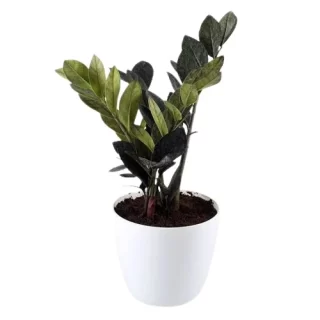
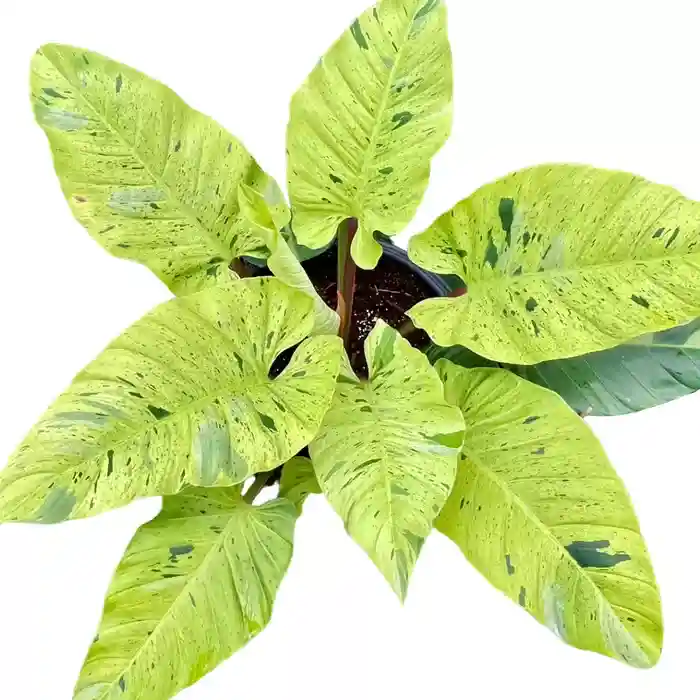


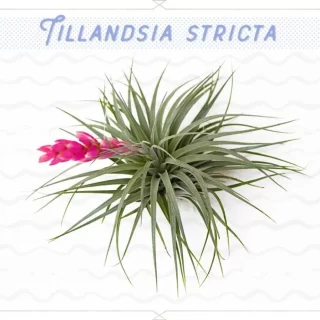
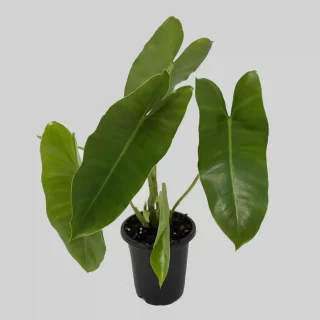
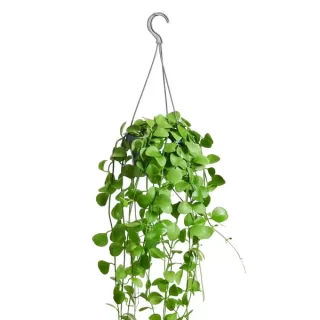
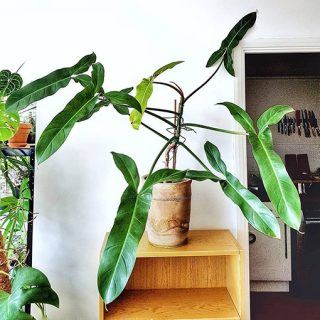
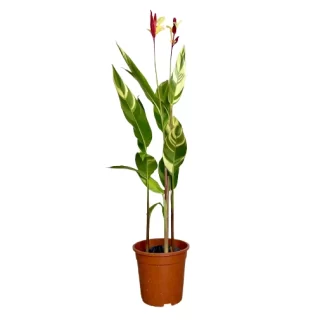
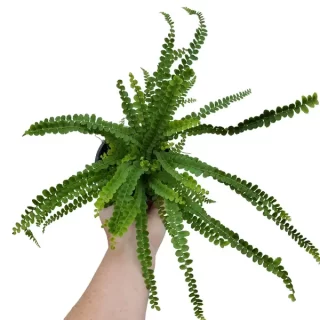
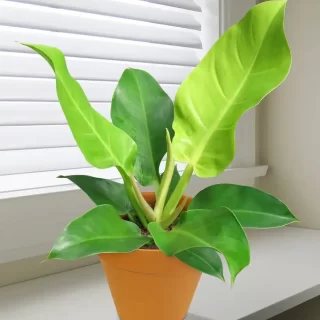
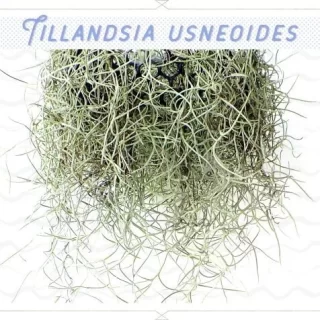
 If you need any assistance, I'm always here. Have you found what you were looking for?
If you need any assistance, I'm always here. Have you found what you were looking for?
Reviews
There are no reviews yet.